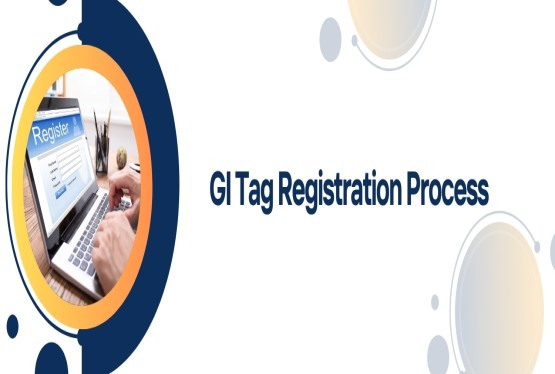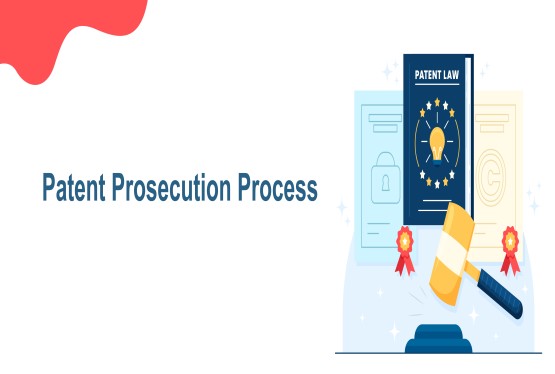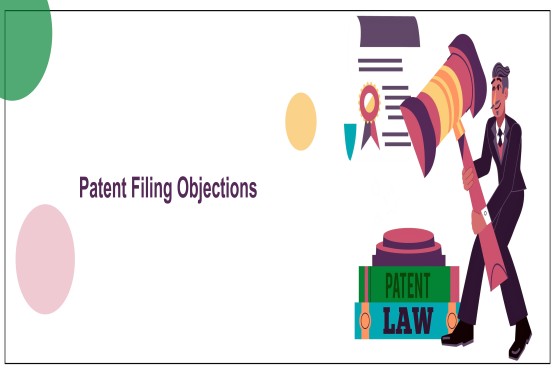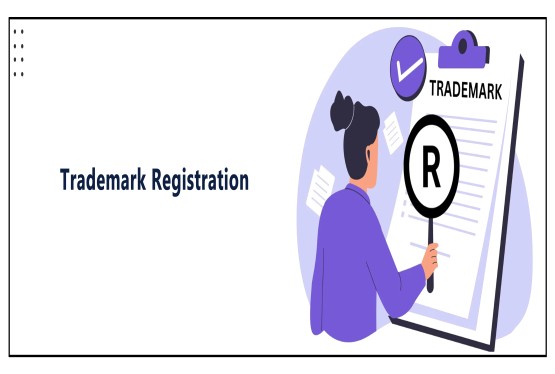A trademark is an essential tool for businesses to protect their brand identity. It ensures exclusivity and provides a competitive edge in the marketplace. One important aspect of trademark registration is its validity period. The registered trademark is valid for 10 years from the date of application. This article explores the implications of this validity period, its benefits, and the process of renewal to maintain uninterrupted brand protection.
What is a Trademark?
A trademark is a unique identifier for a brand, business, or product. It can be a name, logo, symbol, design, or even a combination of these elements. Trademarks are important for distinguishing a company's offerings from those of its competitors.
For instance, the logo of Nike or the name “Apple” in technology represents trademarks that embody trust, quality, and innovation.
Validity Period of a Registered Trademark
In India, once a trademark is registered under the Trademarks Act, 1999, it remains valid for a period of 10 years from the date of application. This means the countdown to the validity period begins on the day you apply for the trademark, not from the date of registration.
Why is the 10-Year Validity Important?
1. Cost-Effective Protection: Trademark registration offers 10 years of brand protection at a relatively low cost. This long duration minimizes administrative efforts and allows businesses to focus on growth without worrying about frequent renewals.
2. Exclusive Rights: During this period, the trademark owner enjoys exclusive rights to use the mark. Any unauthorized use by others can be legally challenged, ensuring brand integrity.
3. Brand Recognition: A registered trademark builds credibility and fosters consumer trust. With 10 years of uninterrupted protection, businesses can solidify their market presence.
What Happens After 10 Years?
When the 10-year validity period ends, the trademark does not automatically lapse. The owner has the option to renew the trademark to maintain its legal protection.
Steps for Trademark Renewal:
1. Renewal Application: File a Trademark Renewal application using Form TM-R within 6 months before the expiry of the trademark.
2. Renewal Fee: Pay the prescribed renewal fee to the Trademark Registry.
3. Late Renewal: If the renewal of application is not filed on time, a grace period of 6 months is provided, subject to additional fees.
4. Lapsed Trademark: If the trademark is not renewed within the grace period, it is removed from the registry. However, restoration of the trademark is possible within one year from the date of expiration.
Consequences of Non-Renewal
Failing to renew a trademark can lead to:
-
Loss of Legal Rights: The owner loses the exclusive rights to the trademark, making it available for registration by others.
-
Brand Vulnerability: Competitors may exploit the lapsed trademark, leading to brand dilution or loss of consumer trust.
-
Reputational Risk: Consumers associating the trademark with the original owner may face confusion, impacting brand loyalty.
Benefits of Timely Renewal
Renewing your trademark ensures:
-
Uninterrupted Protection: Continues to safeguard the brand against infringement or misuse.
-
Enhanced Value: A long-standing trademark adds value to the business and can become a significant intangible asset.
-
Global Opportunities: A consistently renewed trademark builds credibility for international expansion and licensing deals.
Conclusion
A registered trademark is a powerful asset for any business, providing exclusivity and brand recognition. The 10-year validity from the date of application allows businesses to focus on growth without frequent administrative hassles. However, timely renewal is important to retain these benefits. By understanding the renewal process and its significance, businesses can ensure their trademarks remain protected for generations.






























_(b)_of_the_Trademark_Act,_1999_(1)_crop10_thumb.jpg)



_crop10_thumb.jpg)




























_crop10_thumb.jpg)
_crop10_thumb.jpg)






_crop10_thumb.jpg)








_crop10_thumb.jpg)



_crop10_thumb.jpg)





























_crop10_thumb.jpg)

















_crop10_thumb.jpg)






_crop10_thumb.jpg)











































































































































_crop10_thumb.jpg)




































_crop10_thumb.jpg)












_crop10_thumb.jpg)


















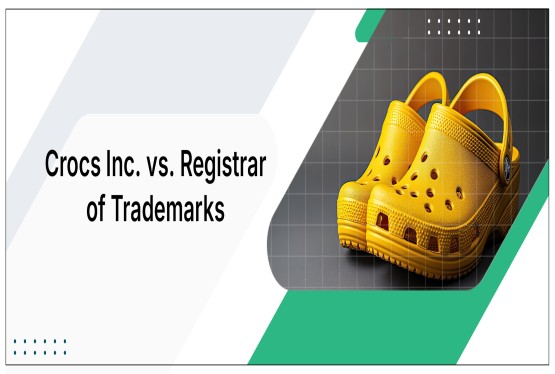




























_crop10_thumb.jpg)

















